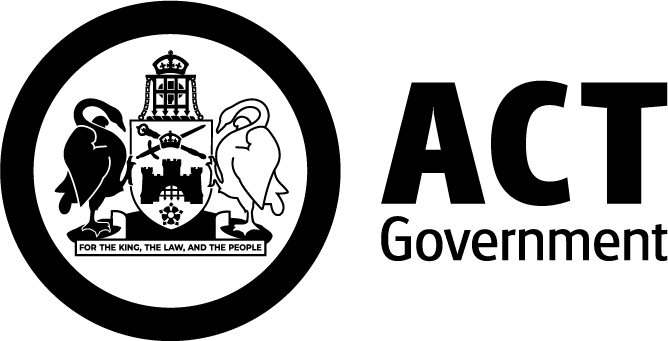Earthquake
Understand how to prepare for, manage, and recover from earthquakes in the ACT.
Over 100 small earthquakes occur each year in Australia, with most occurring in south-eastern Australia. The ACT has a high chance of earthquakes, ranking second among Australian cities.
What causes earthquakes
Earthquakes occur when rocks deep underground crack under stress. This causes the ground above to shake. More often this occurs where pieces of the earth’s surface, called tectonic plates, meet or move past each other.
Australia sits on the Australian tectonic plate. The Australian tectonic plate meets the Pacific plate to the north and east. To the north-west it meets the Eurasian plate. As the Australian plate moves past these plates, cracks (fault lines) form across the Australian plate. The ACT is at high risk of earthquakes because of a large crack, known as the Lake George fault line, along the north-eastern border.
Impacts and effects
Earthquakes can cause:
- distress and anxiety
- a rise in the need for health and wellbeing services
- destruction of buildings and community facilities
- disrupted services like electricity, phone lines, water supply, and sewerage systems
- businesses and supply networks to stop
- the economy to decline because of these impacts
- people to become displaced
- soil instability and landslides
- the demand for building supplies and housing to increase.
Who is most at risk
Buildings constructed before 1990 may not meet earthquake safety standards. Older buildings and those on steep, unstable ground are most at risk.
People who might have trouble leaving their homes are more likely to be in danger during an earthquake.
Before an earthquake
Find out if your homes construction is vulnerable to earthquake damage.
Take these steps before an earthquake to reduce your risk:
- Write a household survival plan and pack a home emergency kit.
- Make copies of your important documents [DOC 754 KB].
- Check that your home and contents insurance covers earthquake damage.
- Make tall furniture safe by attaching it to the wall. Put heavy things on low shelves.
- If you live in a house made before 1990, consider making changes to meet earthquake requirements [PDF 1.3 MB].
- Write a list of people you could ask for assistance in the event of an earthquake.
Stay informed by knowing where to find information about earthquakes in Australia.
During an earthquake
During an earthquake, you can find warnings and updates on:
- the ACT Emergency Services Agency website
- ACT Government social media channels.
You can also find updates by accessing:
- ABC radio emergency broadcasts
- the Hazards Near Me NSW app.
Check for traffic problems and road closures on your planned evacuation route.
You might get a call or message on your mobile phone. Local emergency services will do this when there is an emergency nearby. Follow the directions given.
Stay in touch with friends, neighbours, and loved ones. If you need assistance, reach out to your contacts list. Let someone know if you plan to evacuate and where you intend to shelter.
Earthquakes happen without warning. If the ground or building begins to shake:
- Drop to the ground and find cover under a solid object. Examples include a table or a door frame.
- Stay clear of windows, hanging objects and heavy items.
- If you are outside, stay away from overhead structures, powerlines, and trees.
- If you are in the car, stop in an open area.
Aftershocks are common. Prepare to evacuate early if your property is damaged:
- Check your home emergency kit. Add last minute items such as important documents, medication, and clean drinking water.
- Decide where you will evacuate to. Evacuation centres should be a last resort, plan to stay with family or friends if you can.
- Pack food, water and bedding for your animals. Secure them safely. Check that they are wearing identification.
After an earthquake
Check on loved ones and assess damage to your property.
- If you can’t locate a neighbour, friend, or relative, report it.
- To find lost animals, check online.
- Take photos of damaged property and secure the site if you can.
Watch out for potential risks.
- If you have broken utilities, turn them off and let someone know.
- Stay clear of fallen power lines and debris near them. These could be live and cause an electric shock.
- If you see a tree on public land damaged, report it.
- If you notice damage to a tree on your land, contact an arborist.
- If your home is unsafe call the ACT State Emergency Service for help.
- Keep track of public health warnings regarding water quality.
Recovering from an earthquake can be hard. There are services and supports to help:
- ask your insurance provider about making a claim
- check if you are eligible for financial assistance.
Assess what worked and what didn’t work:
- review your household survival plan and home emergency kit
- consider what you might change in and around your home.
